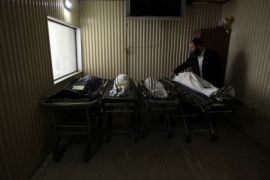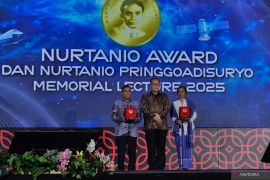"In Indonesia, the identification of the Zika virus that has spread in the Latin American community is not yet clear. It should be examined first whether the Zika virus in Indonesia is the same as or is different from that in Latin America," Wibawa noted on Wednesday.
In addition, he remarked that it should be reconfirmed whether the incidence of microcephaly in Colombia was really caused by the Zika virus.
"The Zika virus found in Indonesia could be different from that in Latin America, and therefore, the people need not worry about the virus. Besides this, the clinical manifestations due to the Zika virus attack are not as severe as dengue fever, which can lead to death," he pointed out.
Wibawa added that from an earlier report about the Zika virus attacks, it did not cause death, but the symptoms were characterized by fever, headache, joint pain, sometimes accompanied by a rash, red rash, and inflammation of the eye.
Nonetheless, he suggested that the people should still remain alert to the presence of the Zika virus since Indonesia is a country where the virus has a potential to spread.
In the meantime, Indonesias Agency for the Assessment and Application of Technology (BPPT) claimed in Jakarta on Tuesday that the Zika virus infection was yet to be identified clearly in the archipelago.
According to the agencys deputy head of the agroindustrial technology and biotechnology division, Eng Eniya Listiana Dewi, the most common symptoms of the Zika virus infection are similar to those of malaria and the aedes aegypti-caused dengue fever.
"We still affirm that the symptoms of the Zika virus infection are similar to those of malaria and the aedes aegypti-caused dengue fever. Therefore, the identification of this virus remains unclear. For Indonesia, malaria remains harmful," she noted.
In coping with the threat of the Zika virus infection, the Health Ministry has warned related parties and society members to implement the 3M guidelines, which stand for burying, draining, and covering, as well as the campaign to eradicate mosquito breeding grounds.(*)
Editor: Heru Purwanto
Copyright © ANTARA 2016







